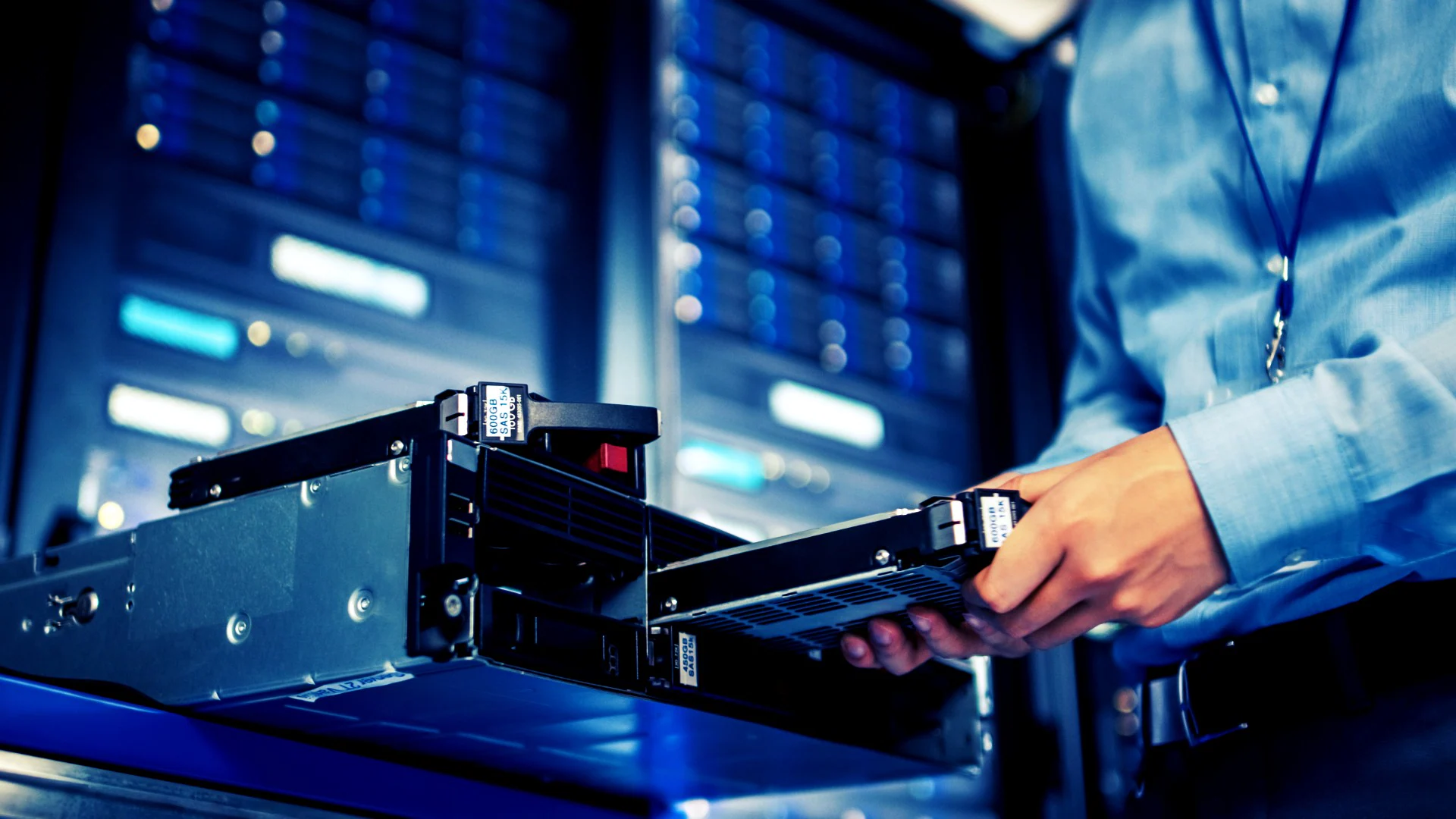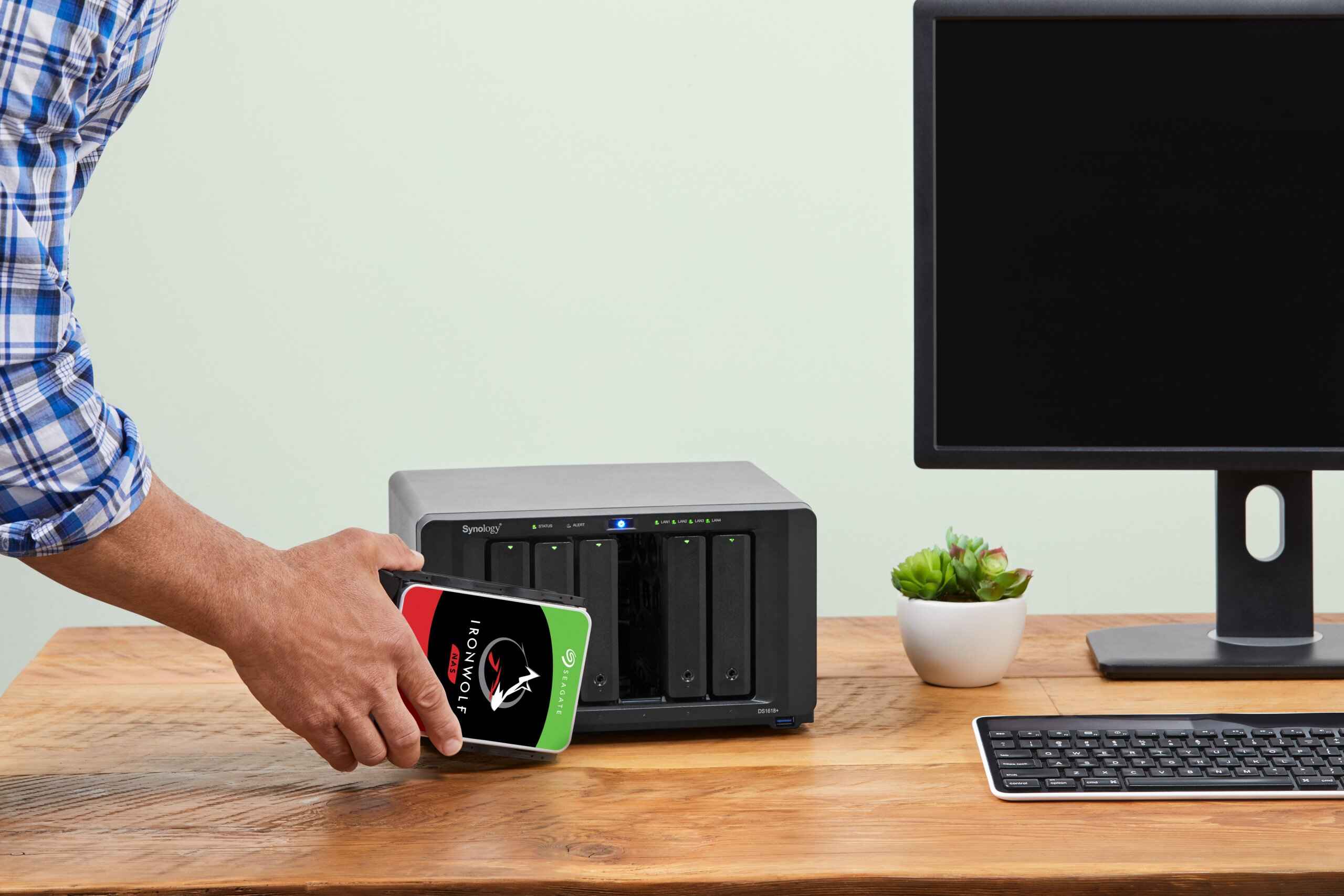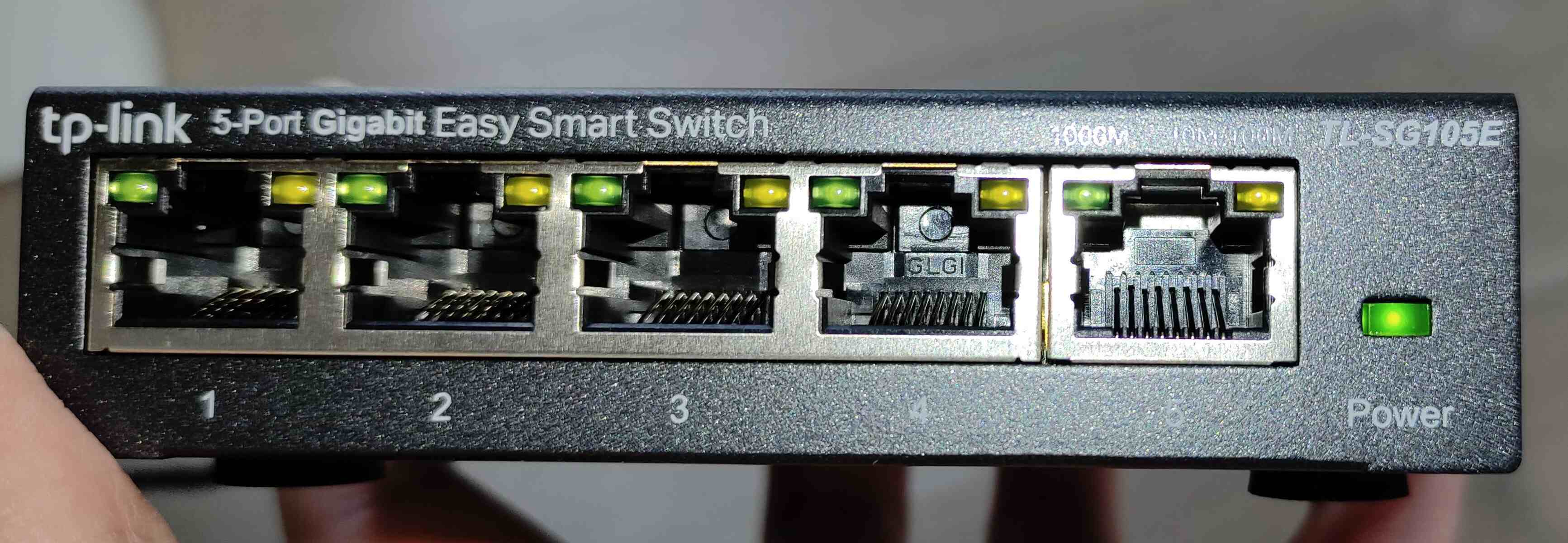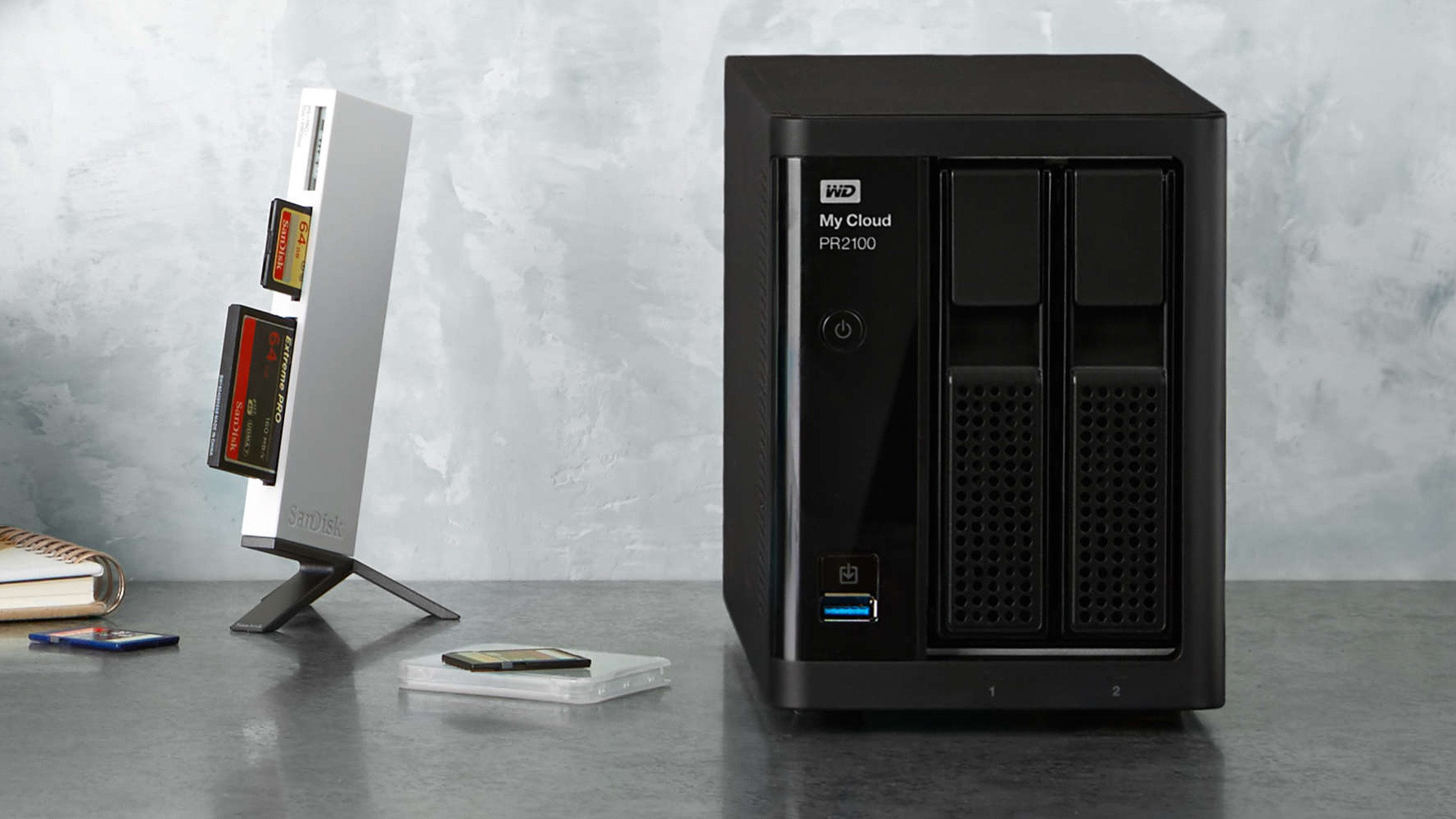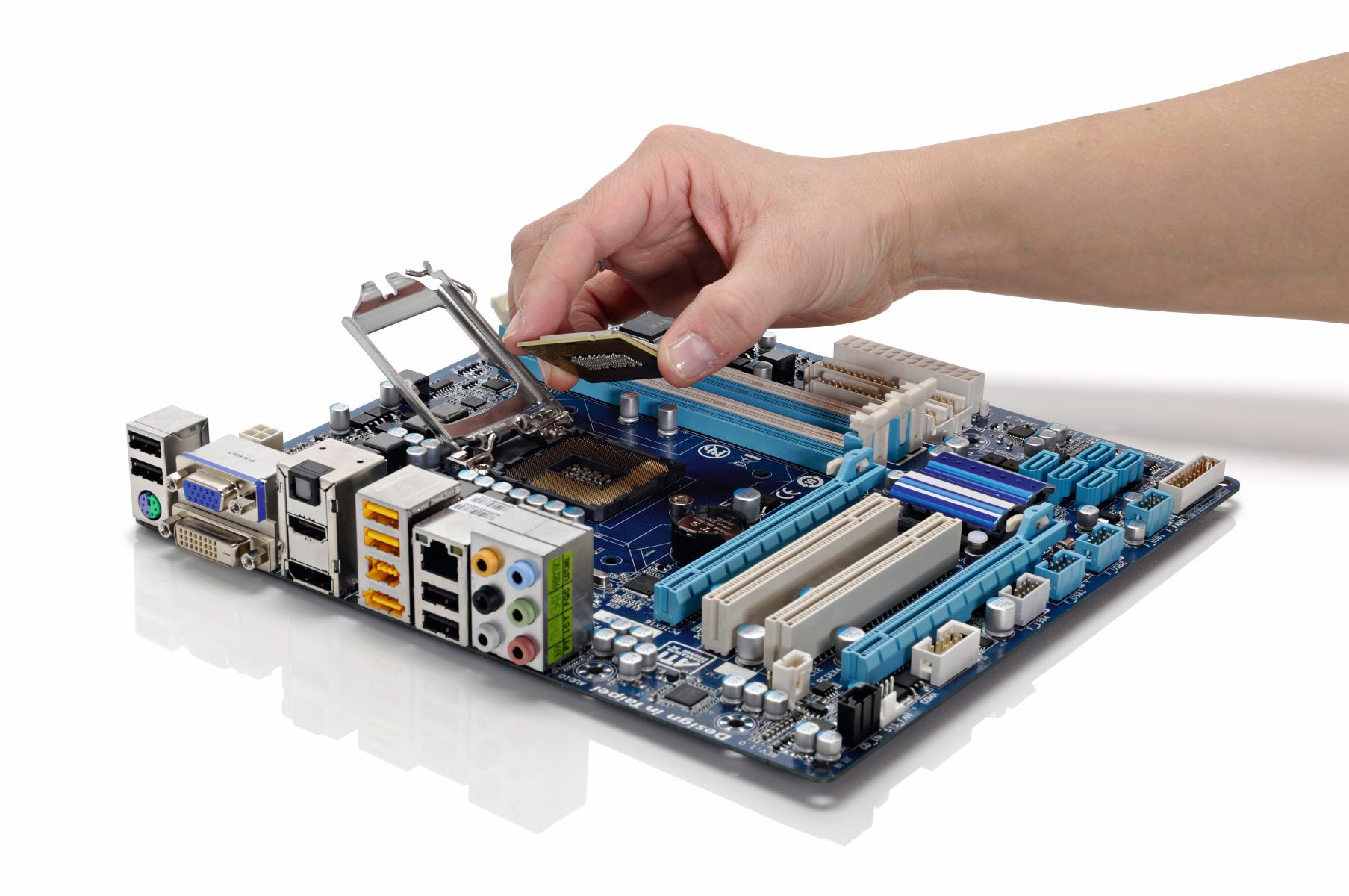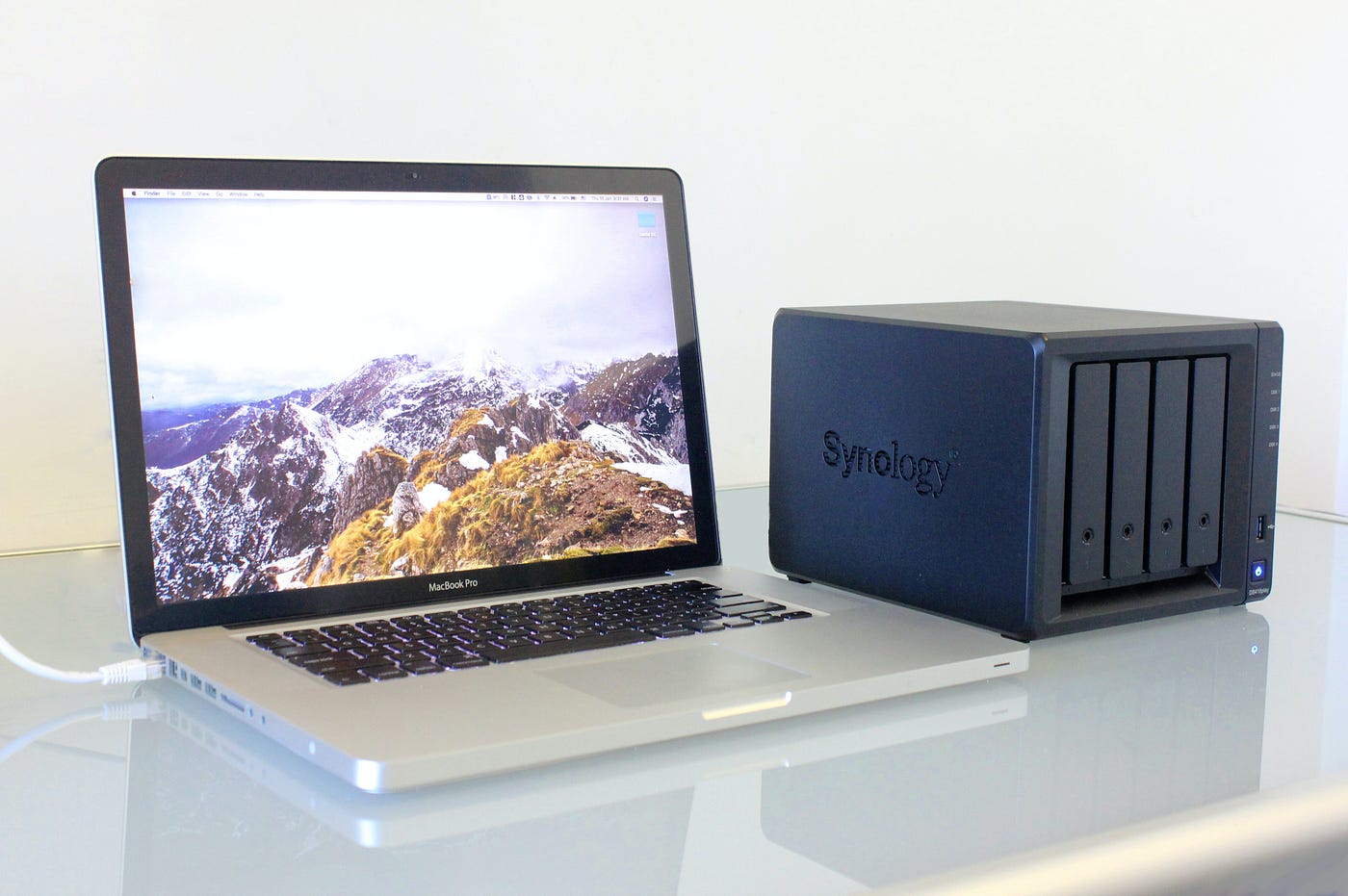Introduction
When it comes to managing data in the digital age, businesses and individuals rely on advanced storage solutions to store, access, and protect their valuable information. Two popular options for achieving this are Network Attached Storage (NAS) and Storage Area Network (SAN). While both serve as effective storage solutions, they differ significantly in their architecture, functionality, and use cases. Understanding the distinctions between NAS and SAN is crucial for making informed decisions about which solution best meets specific storage needs.
In the following sections, we will delve into the definitions of NAS and SAN, highlighting their unique characteristics and functionalities. We will also explore the key differences between the two, shedding light on their respective strengths and applications. Furthermore, we will examine the specific use cases for NAS and SAN, providing insights into the scenarios where each solution excels. By the end of this exploration, readers will have a comprehensive understanding of NAS and SAN, empowering them to make well-informed choices regarding their storage infrastructure.
Let's embark on a journey to unravel the intricacies of NAS and SAN, gaining valuable insights into these essential components of modern data management. Whether you are a business looking to optimize your storage infrastructure or an individual seeking efficient data management solutions, this exploration of NAS and SAN will equip you with the knowledge needed to navigate the complex landscape of storage technologies.
Definition of Network Attached Storage (NAS)
Network Attached Storage (NAS) is a dedicated file-level data storage device that provides local area network (LAN) nodes with centralized, shared disk storage. It operates as an independent network node, allowing multiple users and client devices to retrieve data from or store data to a centralized disk capacity. NAS devices are designed to provide a simplified and cost-effective solution for managing and sharing data across a network.
One of the key features of NAS is its ability to be accessed through a standard Ethernet connection, making it an easily deployable storage solution for both small-scale and large-scale environments. NAS systems typically consist of multiple hard drives arranged into logical, redundant storage containers or RAID arrays, ensuring data redundancy and fault tolerance. Moreover, NAS devices often offer additional functionalities such as data backup, file sharing, and multimedia streaming, making them versatile assets for various storage needs.
With its user-friendly interface and straightforward setup process, NAS serves as an accessible and efficient storage solution for homes, small businesses, and enterprise environments. Its flexibility and scalability allow for seamless expansion of storage capacity as data requirements grow, while its inherent data protection features contribute to enhanced reliability and security.
Definition of Storage Area Network (SAN)
A Storage Area Network (SAN) is a high-speed, specialized network that connects multiple storage devices, such as disk arrays, tape libraries, and servers, to provide block-level storage access to the network’s operating systems. Unlike NAS, which operates at the file level, SAN operates at the block level, treating storage as raw blocks of data rather than files or folders. This distinction allows SAN to deliver high-performance, low-latency access to storage resources, making it particularly suitable for demanding applications and workloads.
The architecture of SAN typically involves dedicated hardware components, including switches, host bus adapters (HBAs), and storage devices, interconnected through high-speed fiber channel or Ethernet connections. This design enables SAN to deliver exceptional throughput and low latency, catering to the stringent performance requirements of enterprise applications, databases, and virtualized environments.
One of the defining characteristics of SAN is its ability to facilitate storage consolidation and centralized management, allowing multiple servers to access shared storage resources efficiently. This centralized approach enhances resource utilization, simplifies data management, and enables advanced storage features such as snapshots, replication, and thin provisioning, contributing to improved data protection and operational flexibility.
Furthermore, SAN architectures often incorporate advanced data protection mechanisms, including redundant components, failover capabilities, and data replication, ensuring high availability and resilience against potential hardware failures or disruptions. These features make SAN an ideal choice for mission-critical applications and enterprise storage environments that demand robust performance, scalability, and reliability.
Key Differences Between NAS and SAN
While Network Attached Storage (NAS) and Storage Area Network (SAN) both serve as vital components of modern storage infrastructure, they exhibit distinct differences in their architecture, functionality, and use cases. Understanding these disparities is essential for selecting the most suitable storage solution to meet specific business or individual needs.
- Data Access Method: NAS operates at the file level, allowing users to access and manage files and folders over a network using protocols such as NFS (Network File System) and SMB (Server Message Block). In contrast, SAN operates at the block level, treating storage as raw blocks of data and providing direct access to storage volumes, making it ideal for high-performance applications and databases.
- Network Connection: NAS devices are accessed over standard Ethernet connections, leveraging existing LAN infrastructure for data access. SAN, on the other hand, often utilizes high-speed fiber channel or Ethernet connections, providing exceptional throughput and low latency for demanding workloads.
- Storage Management: NAS systems are typically easier to manage and configure, making them well-suited for small to medium-sized environments with simpler storage requirements. SAN, with its centralized and consolidated storage architecture, offers advanced management capabilities, enabling efficient resource allocation, data protection, and scalability for complex enterprise environments.
- Application Suitability: NAS is commonly used for file sharing, data backup, and multimedia streaming applications, catering to a wide range of general-purpose storage needs. SAN, with its emphasis on high performance, reliability, and advanced storage features, is favored for mission-critical applications, databases, virtualized environments, and large-scale enterprise storage deployments.
- Redundancy and Fault Tolerance: NAS devices often incorporate redundant storage configurations such as RAID arrays to provide data redundancy and fault tolerance at the device level. SAN architectures, with their focus on high availability and resilience, employ advanced redundancy mechanisms, including multipath connectivity, failover capabilities, and data replication, to ensure continuous access to critical data.
These fundamental differences underscore the unique strengths and capabilities of NAS and SAN, highlighting their suitability for diverse storage requirements and operational environments. By recognizing these distinctions, organizations and individuals can make informed decisions when architecting their storage infrastructure, aligning their choices with specific performance, scalability, and data management needs.
Use Cases for NAS
Network Attached Storage (NAS) finds widespread utility across various environments, catering to a diverse array of storage needs with its user-friendly design and versatile capabilities.
- File Sharing and Collaboration: NAS serves as an efficient platform for centralized file storage and sharing, facilitating seamless collaboration among users within a network. It enables teams to access, modify, and share documents, spreadsheets, and multimedia files, fostering productivity and streamlined workflows.
- Data Backup and Recovery: NAS devices are well-suited for automated data backup and recovery operations, providing reliable storage for critical business data and personal files. With support for scheduled backups and versioning, NAS ensures data protection and easy retrieval in the event of accidental deletions or system failures.
- Media Streaming and Entertainment: Home users and media enthusiasts benefit from NAS’s ability to store and stream multimedia content, including music, videos, and photos, to various devices such as smart TVs, gaming consoles, and mobile devices. This use case transforms NAS into a personal entertainment hub, offering convenient access to digital media libraries.
- Surveillance and Security: NAS systems are employed for video surveillance storage, providing a reliable repository for footage captured by security cameras. The scalable storage capacity and support for continuous recording make NAS an ideal solution for surveillance applications in homes, businesses, and public facilities.
- Virtualization and Testing: In testing and development environments, NAS serves as a cost-effective storage solution for hosting virtual machines and facilitating software testing. Its flexibility and scalability make it an attractive choice for hosting virtualized workloads and test environments.
These diverse use cases underscore the adaptability and practicality of NAS across personal, small business, and enterprise settings, positioning it as a versatile and accessible storage solution that addresses a wide spectrum of storage and data management requirements.
Use Cases for SAN
Storage Area Network (SAN) serves as a robust and high-performance storage solution, catering to a range of demanding applications and environments that require exceptional throughput, reliability, and scalability.
- Enterprise Applications and Databases: SAN is widely utilized for hosting mission-critical enterprise applications and databases that demand high-speed access to storage resources. Its block-level access and low-latency characteristics make it well-suited for transactional databases, ERP systems, and business-critical applications that require rapid data retrieval and processing.
- Virtualized Environments: SAN plays a pivotal role in virtualized environments by providing shared storage for virtual machines and enabling advanced features such as live migration, high availability, and storage tiering. Its centralized storage architecture enhances resource utilization and simplifies management in virtualized infrastructures.
- Big Data and Analytics: Organizations leveraging big data analytics and data-intensive workloads benefit from SAN’s ability to deliver high-performance storage access for processing and analyzing large volumes of data. SAN’s scalability and performance capabilities support the demanding requirements of big data applications, data lakes, and analytics platforms.
- High-Performance Computing (HPC): SAN is instrumental in high-performance computing environments, providing the fast and reliable storage infrastructure required for scientific simulations, engineering applications, and research computations. Its low-latency access and parallel I/O capabilities contribute to efficient data processing in HPC clusters.
- Business Continuity and Disaster Recovery: SAN facilitates robust data protection and disaster recovery strategies by enabling features such as synchronous and asynchronous replication, snapshot-based backups, and failover mechanisms. These capabilities ensure continuous access to critical data and support rapid recovery in the event of disruptions.
These diverse use cases underscore the pivotal role of SAN in supporting high-performance computing, enterprise applications, and data-intensive workloads, making it an indispensable component of storage infrastructures in complex and demanding operational environments.
Conclusion
As we conclude our exploration of Network Attached Storage (NAS) and Storage Area Network (SAN), it becomes evident that these storage solutions offer distinct advantages and are tailored to address diverse storage requirements across various environments.
NAS, with its emphasis on file-level access, simplicity of deployment, and versatility, emerges as an accessible and cost-effective solution for small to medium-sized businesses, home users, and workgroups. Its seamless integration into existing network infrastructures, coupled with features such as file sharing, data backup, and multimedia streaming, positions NAS as an ideal choice for general-purpose storage needs and collaborative environments.
On the other hand, SAN’s focus on block-level access, high performance, and centralized management makes it a compelling option for enterprise applications, virtualized environments, and data-intensive workloads. Its robust architecture, advanced data protection capabilities, and support for mission-critical applications underscore its suitability for demanding operational scenarios that require exceptional throughput, scalability, and reliability.
By recognizing the unique characteristics and use cases of NAS and SAN, organizations and individuals can make informed decisions when selecting the most suitable storage solution to meet their specific needs. Whether it involves optimizing file sharing and collaboration, supporting critical enterprise applications, or harnessing the power of virtualization and big data analytics, NAS and SAN stand as indispensable components of modern storage infrastructures, each offering distinct advantages tailored to diverse operational requirements.
As the digital landscape continues to evolve, the role of NAS and SAN in enabling efficient data management, storage consolidation, and seamless access to critical information remains pivotal, shaping the foundation of robust and scalable storage architectures for businesses and individuals alike.









